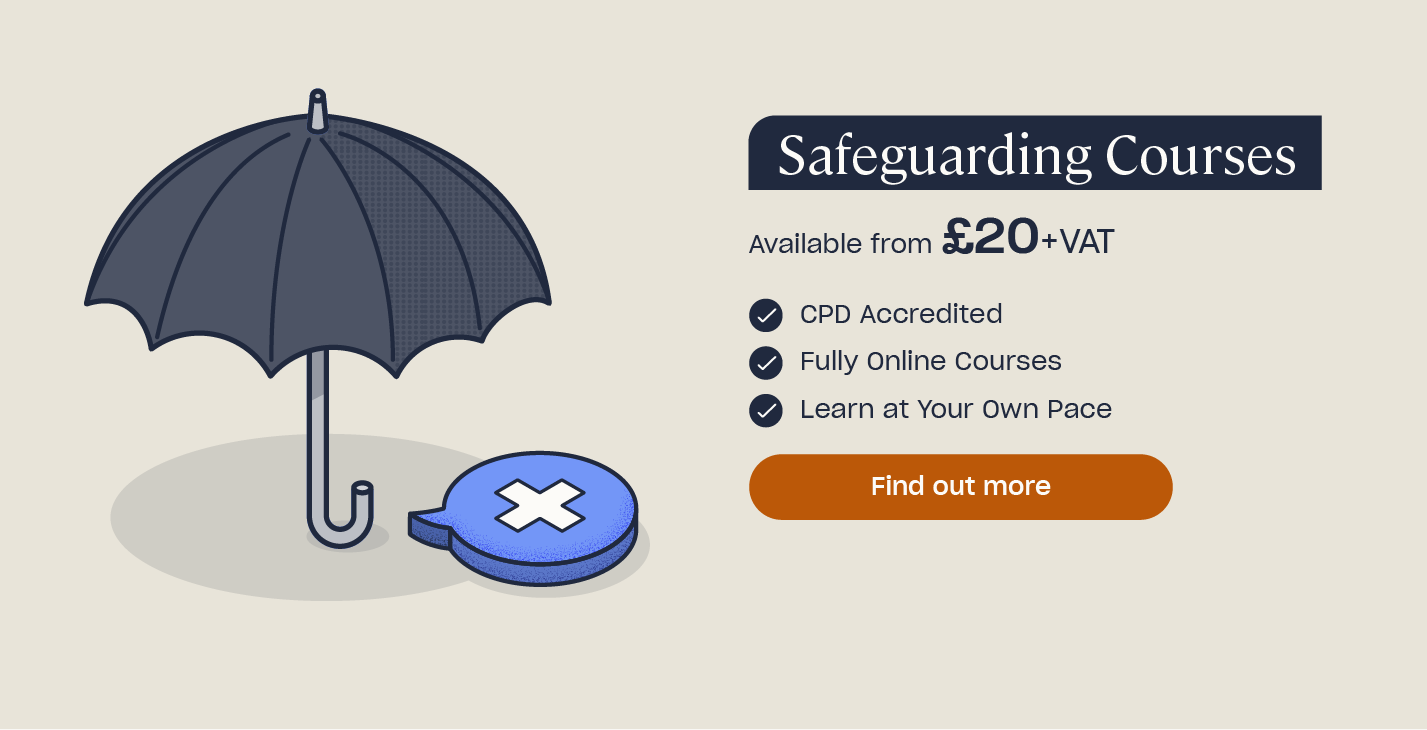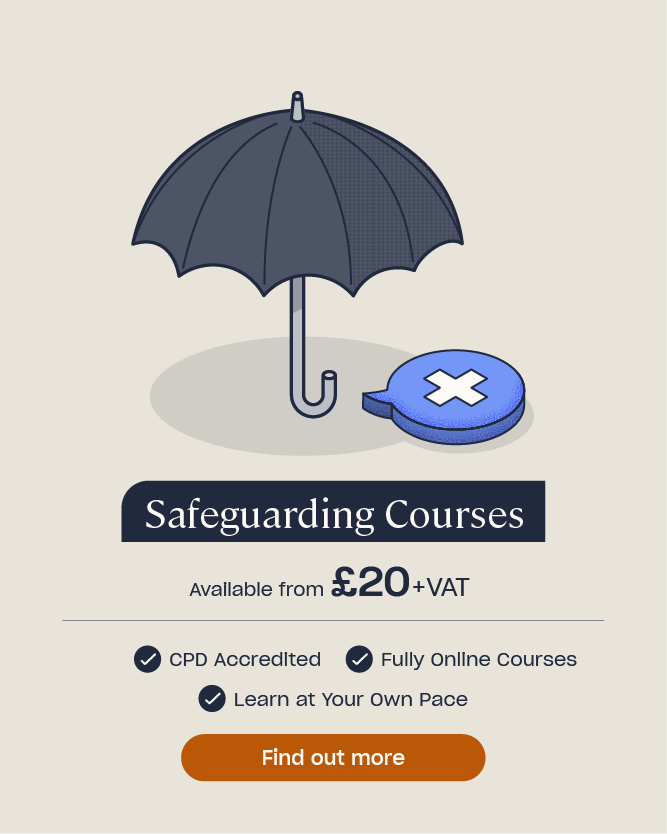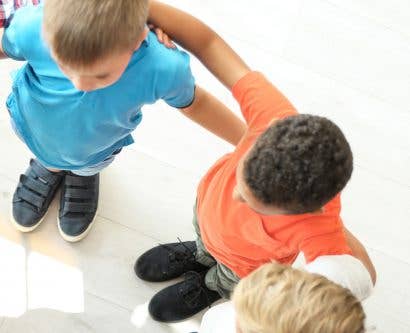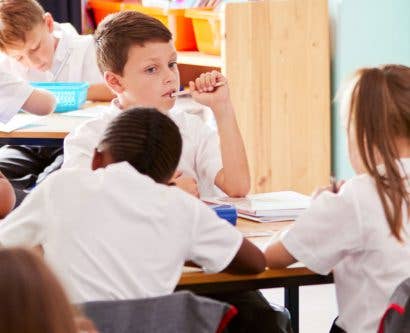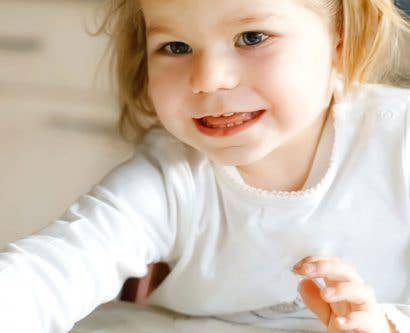7 Creative Classroom Exercises for Teaching SEN Children
If you work with children with Special Educational Needs then you’ll know how important it is to include creative classroom activities as part of your weekly lesson plans. Creative, hands-on exercises help SEN children to practice a range of skills from communication and socialising to maths and word association.
Take a look at our list of 7 creative classroom exercises for teaching SEN children below.
SEN Classroom Activities
What Time Is It?
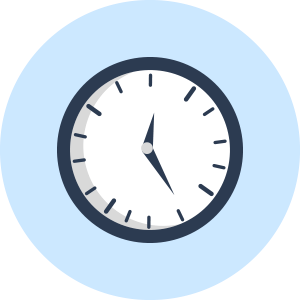
This is a fun maths exercise that the whole class can join in with. Hold up a clock face with a time on and get the children to put their hand up if they know what time it says. Count to three and then ask them to shout out the time all at once. Give one point to each child who guesses correctly!
Next, pass the clock onto one of the children who re-positions the hands and perform the exercise again. Do this as many times as you like. Alternatively, give each child their own clock face and clearly state a time. Ask them to move the hands on their clock faces to match the time you’ve said. Give two points if they get it right and one point if they’re ‘close’ – this way everyone gets points and no one feels left out.If you work with children with Special Educational Needs then you’ll know how important it is to include creative classroom activities as part of your weekly lesson plans. Creative, hands-on exercises help SEN children to practice a range of skills from communication and socialising to maths and word association.
Shopping List

This maths exercise incorporates everyone’s special interests, which is great if you have SEN children with very intense or specific hobbies. Ask each child to name their favourite item and then write these on the whiteboard – write the word and draw a small picture to represent it if you can.
Next, give every item on the shopping list a price (make this as easy or hard as is suitable) and hand out a pretend £10 note to each child. Ask each child in turn – if they wanted to buy their favourite item with their note, how much change would they get? Ask them to shout it out, write it down or come and draw the figure on the board depending on their level of ability.
Picture Bingo
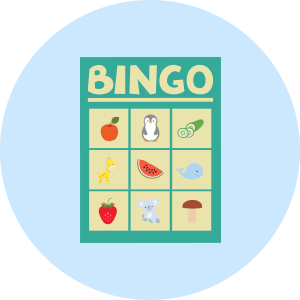
Picture exercises are beneficial to SEN children as visual prompts are sometimes easier to understand than written words. Give each child a bingo card with 8 to 10 images on. Make a copy for yourself and cut out each image into a separate card and then put these in a bowl. Ask one child to be the bingo caller and pick out one card at a time from the bowl and tell the class what the image is.
As each image is called, the children cross off the corresponding pictures on their bingo cards until the whole card is complete. Issuing each child with the same bingo card means everyone gets to shout ‘bingo!’ at the same time – everyone’s a winner.
Guess the Emotion

This activity will help students to improve their recognition of body language and facial expressions. Write a list of some common emotions – e.g. happy, sad, angry, afraid, bored, pleased – and then stand in front of the class where everyone can see you and read out the name of the first emotion on the list. Pull a face and use your body language to show this emotion and ask the children to copy you.
Once you’ve been down the list, ask a child to recreate one of the actions you’ve just performed (or do this again yourself if the children are reluctant) and see whether the rest of the group can guess which emotion it is based on solely through body language and facial expressions. Go around the class and ask each child to act out an emotion in turn.
Roll the Dice
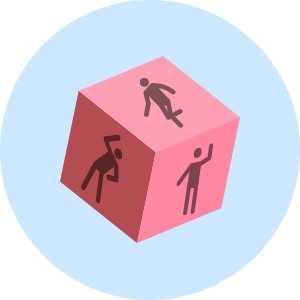
Download and print a 3D cube model and then draw a physical action on each side – e.g. draw a simple stick man and show him jumping, waving, standing on one foot etc. Write the name of each action below each image in clear letters. As an arts and crafts exercise you could ask each child to make up the 3D cube by sticking each side together, otherwise you can construct them yourself before class.
To play the game, take it in turns as you move around the classroom and ask each child to roll their dice and then copy the action that it lands on. This will help your SEN children to identify and correlate words, pictures and actions.
Follow the Leader

This easy activity helps children to learn how to understand and follow simple instructions. To begin the exercise, ask the children to stand in a circle. Start the activity with yourself and, speaking clearly, ask everyone to complete an action, e.g. hop on one foot, pat your head, shake hands with a partner or clap your hands.
After they have completed the action, ask the child to your left (using their name to get their attention) to call out an action for everyone else to complete. Take it in turns clockwise around the circle so that each child has the opportunity to call out an action and can easily see when it is, and isn’t, their turn to be the speaker.
Show and Tell Your Partner

This traditional classroom activity is perfect for SEN children, particularly those with autism. Ask each child in your class to bring in an item that’s special to them, whether it’s a toy, book or another object. Next, ask each child to think of three facts about their special item – you could ask them to write these down or simply keep them in their heads.
Put the children into pairs and ask one child in each pair to tell the other their three facts. When they’ve finished, the other child then says their three facts. Emphasise the importance of listening carefully as their partner speaks. This activity is less daunting than the usual show and tell where the child is required to stand and speak alone in front of the entire class – something that can be quite difficult for SEN children to do.
Further Resources
- Supporting Pupils with SEN in the Classroom: Guidance for Teachers
- Female Autism: Is it Different and What Should I Look Out For?
- Feelings Rating Scale for Autistic Children
- Helping Your Student with Dyslexia Learn: 5 Strategies to Rely On
- 8 Useful Apps to Aid Learners with Dyslexia
- What are Specific Learning Difficulties (SpLDs)?
- Managing ADHD in the Classroom: Teaching Strategies and Tips
- Special Educational Needs & Disability (SEND) Quiz
- How to Become a SEN Teacher


